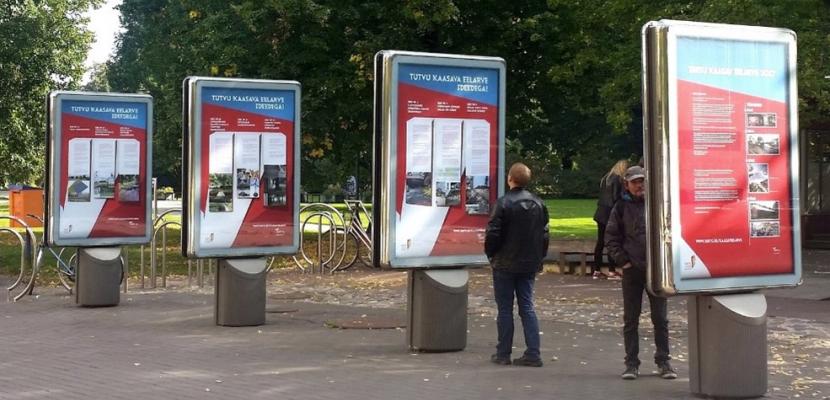
Participative budgeting of Tartu

About this good practice
Tartu was the first city in Estonia which opened its budget-designing process to citizens and began experimenting with participative budgeting in 2013. Citizens of Tartu can decide how their city should spend 200 000 EUR, which is about 1% of the subsequent year’s investment budget.
The participative budgeting process includes the call for ideas from citizens, the discussion, presentation and promotion of the ideas (physically in the pedestrian bridge and in the e-platform). Then, public e-voting is organised within a week (assisted e-voting is also available in the city hall). The two ideas which gather the most public support will be implemented in the following 1-2 years. Only investment ideas in public space have access to the vote and the outcome will be open for all citizens.
Participative budgeting improves the understanding of the city budget and its shaping process and boosts cooperation between communities. Also, it helps in finding solutions to practical problems within the city by implementing the citizen’s ideas. Overall, it is an innovative solution to involve citizens in governance.
Resources needed
At least one specialist to organise the communication, gathering the ideas and putting them the vote
An external expert has been involved who was consulted during the process.
VOLIS platform to gather ideas and vote at the same place: 650 € yearly
Budget reserved to implement the ideas
Evidence of success
At least 12 cities and municipalities have started implementing participative budgeting following the example of the city of Tartu (including Tallinn, the capital of Estonia).
Potential for learning or transfer
The potential for learning and transfer is high: the process is easy to copy and there is a remarkable amount of data available to analyse and process for some further decisions or actions.